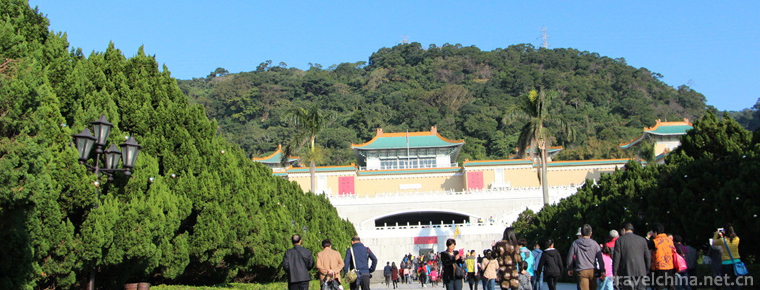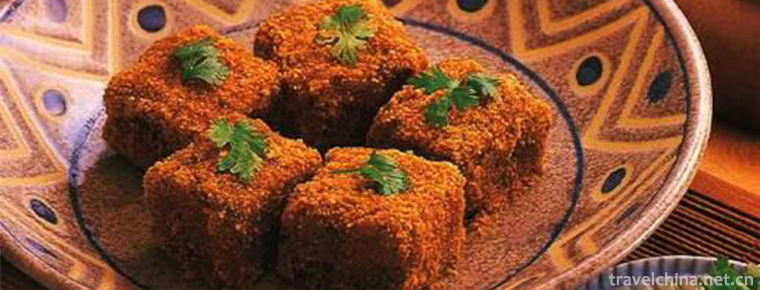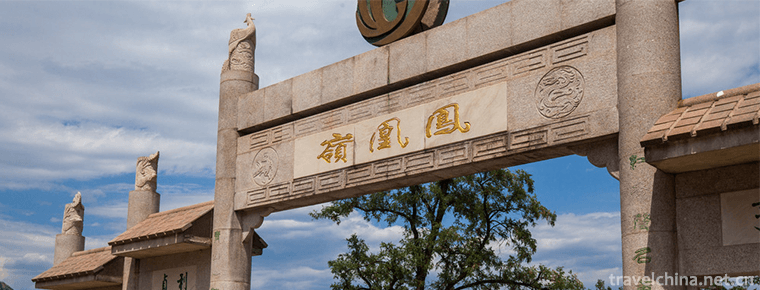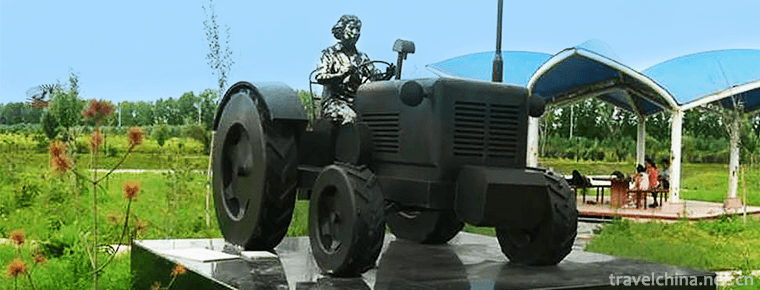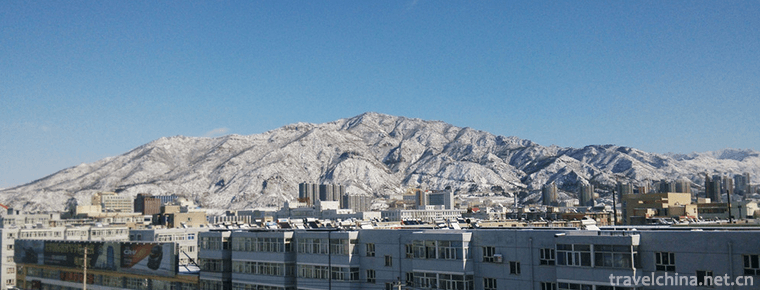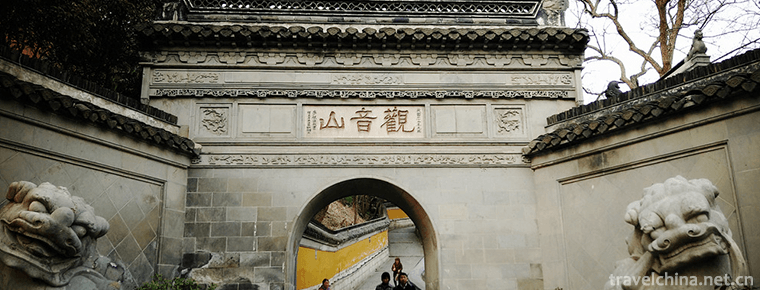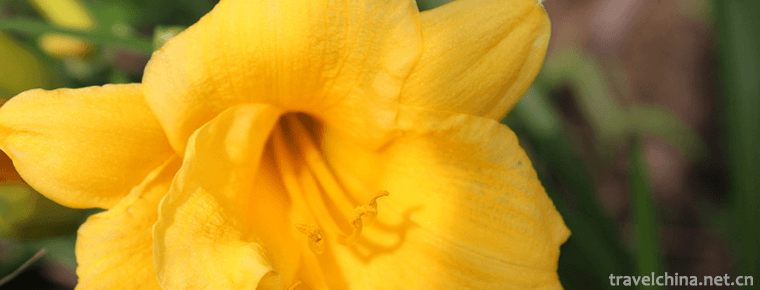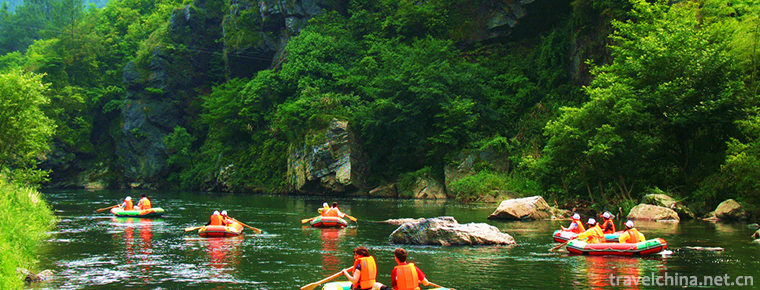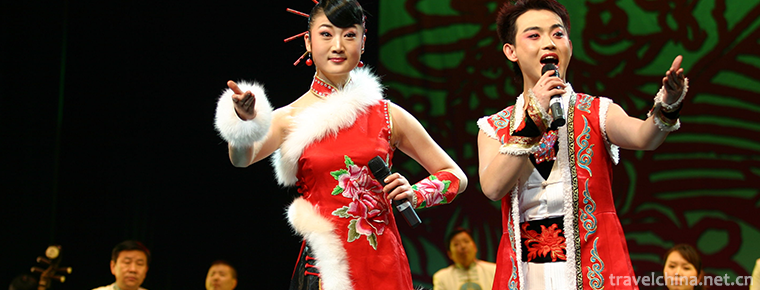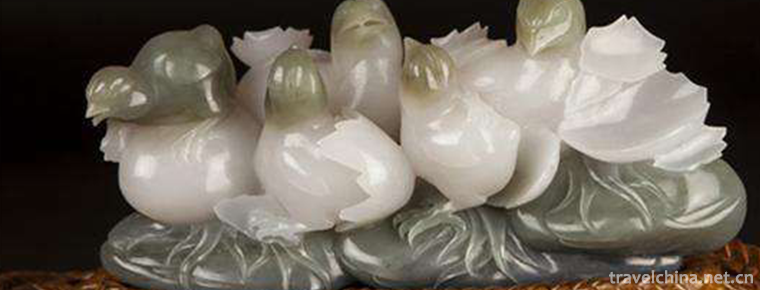Random Bomb Luan tan
Random Bomb Luan tan
Random Bomb, a traditional drama in Taizhou and Pujiang counties of Zhejiang Province, is one of the national intangible cultural heritage.
Chaotian bullet appeared in the rising period of Huabu opera tune in Qing Dynasty. It generally refers to the emerging traditional local tune drama from the end of Kangxi to the end of Daoguang in Qing Dynasty.
In 2006, the first batch of national intangible cultural heritage catalogue was selected by random bombing, the number of heritage: IV-39.
historical origin
The random bomb originated in the late Ming and early Qing Dynasty, and has a history of more than 300 years.
In the late Ming and early Qing Dynasties, Tan Wenyu, an artist from Dongma Yan Village in Pingxiang County, went south and north, and learned singing skills and skills. On the basis of learning Kunqu Opera art, he created the rudimentary art of Dongma Yan Ran Tan.
By the late Qing Dynasty, Tan Xinmin was admitted as a disciple, while Wu Fajia (from Weixian County) and Wu Faxu (from Longyao County) were non-disciples. Tan Xinmin handed down Tan Dailu and Tan Dailu handed down Tan Fengyuan. Only in 1948 did the fifth generation of Tan Dongyu, Tan Baoqun, Zhao Donggui and Tan Donggui. At that time, there were many clubs and famous actors. At that time, Dongma Yanchao Theater Troupe was the most influential one.
Since the founding of New China, Dongma Yanchao Tan has participated in many provincial and municipal opera performances and won prizes.
Dongma Yanchao Tanjuan Opera Troupe was transferred to disciples Tan Minggang and Zhao Lianjun of the sixth generation in 1989. Now it is mainly performed during the Spring Festival or major celebrations. The audiences are becoming fewer and fewer, and the foundation for the existence of random play is becoming weaker and weaker. The art of random play is on the verge of extinction. Faced with the dilemma of the development of random bombs, how to rescue and protect this ancient cultural and artistic heritage, and how to retain the root of national art, this requires us to seriously think about the protection and development of random bombs, and earnestly come up with scientific countermeasures to implement step by step.
Cultural characteristics
Libretto
Lyrics are the structure of the upper and lower sentences, with seven-character sentences and cross sentences as the basic sentence patterns.
Musical Instruments
The accompaniment instruments and accompaniment characteristics of random play are unique. The accompaniment of blowing music, mainly suona, is popular with folk style of blowing and drumming music, with a complex syllable. The traditional accompaniment instruments in Wenchang are two suona flutes and one seven-hole flute (seven-hole flute is thinner than tune flute, slightly coarser than bamboo flute, seven tone holes) and two small square flutes. Students often use Suona and Sheng accompaniment, flute and Sheng accompaniment in the first line, flute and Sheng accompaniment in the literary plays, and Suona and Sheng accompaniment in the martial arts.
role
Random play should be divided into four categories: life, dan, clean and ugly. The performance is old and simple, rough and enthusiastic. It pays attention to singing, reading, doing and playing. The performance of random bullet pursues warmth, explosion, strong soil flavor, rough and bold, with the artistic characteristics of plain, fresh, exciting, high-spirited, generous and unrestrained.
In the 1960s and 1970s, the performance props were played in disorder with "pure rhythm" and the aria and accompaniment were performed in a multi-voice form of "branch polyphony". Each voice part was carried out independently under the overall constraints to form a unique and delicate melodic contrast effect, which is unique in the Chinese opera tune. The study of random play is of great value to enrich the theory of Chinese multi-voice music.
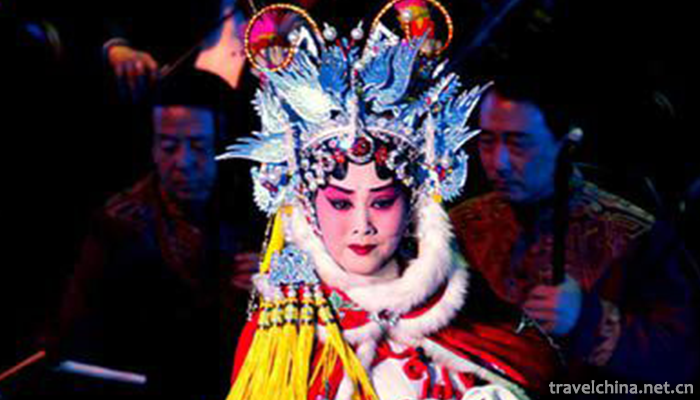
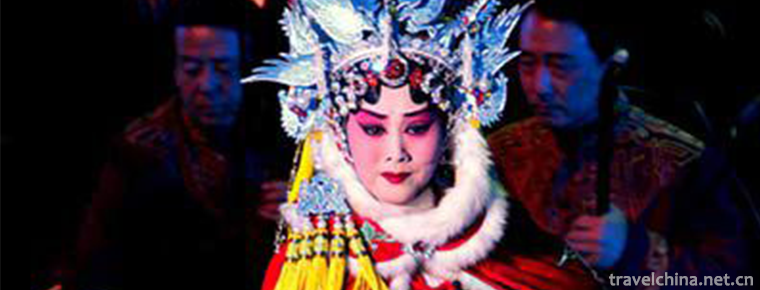
Random Bomb Luan tan
-
National Palace Museum Taipei
Taipei national the Imperial Palace Museum, also known as the Taipei the Imperial Palace and Zhongshan Museum. It is one of the three major museums in China and one of the largest comprehensive museum
Views: 298 Time 2018-10-12 -
Fu Ling Rose Crisp
Fuling Rose Crisp is a special traditional snack in Jixi County, Anhui Province. Fuling Rose Crisp is a well-known traditional pastry, which is produced in Fuling Village, Jixi County.
Views: 198 Time 2018-11-27 -
Fenghuangling Natural Scenic Park
Beijing Fenghuangling Natural Scenic Park is China's National AAAA Scenic Area. The scenic spot is located in the northwest of Haidian District, 51 kilometers away from Tiananmen straight line
Views: 199 Time 2018-12-26 -
The Great Northern Wilderness Agricultural Expo
Beidahuang Agricultural Machinery Expo Park is a national AAAA-level tourist attraction located in Youyi County, 50 kilometers away from the city center, covering an area of 350,000 square meters.
Views: 194 Time 2018-12-26 -
Dajing gate
Dajinmen, the national key cultural relics protection unit. Located at the northern end of Zhangjiakou City, it was built in the first year of Shunzhi in the Qing Dynasty (1644 A.D.) and has a history
Views: 314 Time 2019-01-06 -
Guanyin Mountain National Forest Park Guangdong
Guanyinshan National Forest Park in Guangdong Province is the first National Forest Park in Dongguan City approved by the State Forestry Administration. It is located in Zhangmu Town, Dongguan City
Views: 123 Time 2019-01-13 -
Hainan Tropical Wildlife Park and Botanical Garden
Hainan Tropical Wildlife and Botanical Garden is a national AAAA-level tourist attraction with the theme of popular science exposition, conservation and reproduction, sightseeing, leisure and vacation
Views: 272 Time 2019-01-13 -
Old Stork River Drifting
Xixia Guanhe Drifting Scenic Area is a national AAAA-level tourist attraction and a part of Funiushan World Geopark in Nanyang, China. Xixia County, Nanyang City
Views: 133 Time 2019-01-29 -
Tian Xiang Yuan
Tianxiang Garden is located in Nanchang City, Jiangxi Province, Qingshan Hunan Avenue, formerly known as the West Lake Garden. Founded in 1976, with an area of 112 mu
Views: 244 Time 2019-02-22 -
Song and dance duet
Errentai is commonly known as Dual Items, two classes. Originated in Shanxi and growing up in Inner Mongolia, it is a traditional opera popular in the central and Western Inner Mongolia Autonomous Reg
Views: 147 Time 2019-04-29 -
Jade Carving in Yangzhou
Yangzhou has a long history of jade carving. Jade carving in Yangzhou reached a new peak in the Tang Dynasty, and carving and striping appeared in the Song Dynasty. During the Qianlong reign of the Qi
Views: 110 Time 2019-07-10 -
Leshan science and technology
By the end of 2018, Leshan had 12 provincial engineering technology research centers and 33 municipal engineering technology research centers. There are 83 high-tech enterprises and 353 Municipal Science and technology enterprises. There are
Views: 193 Time 2020-12-17
